The global demand for cooling is rising faster than ever. From industrial facilities to data centres and logistics hubs, cooling systems are critical for maintaining productivity and comfort. Yet, they are also among the most energy-intensive technologies in use today. As the European Union accelerates its transition toward climate neutrality, addressing the environmental impact of cooling has become a strategic imperative.
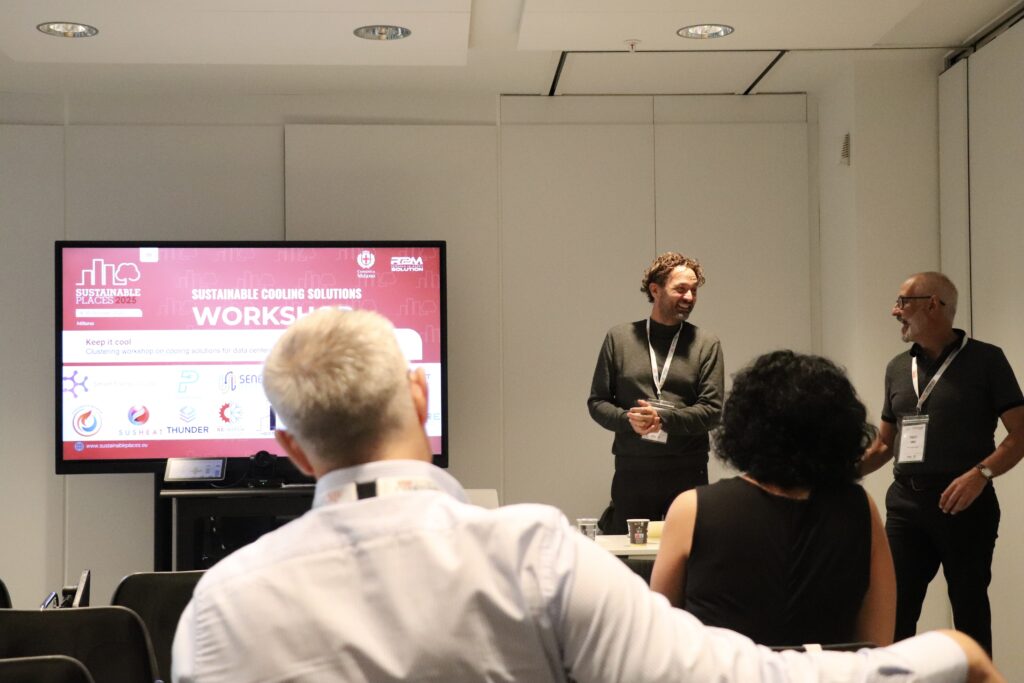
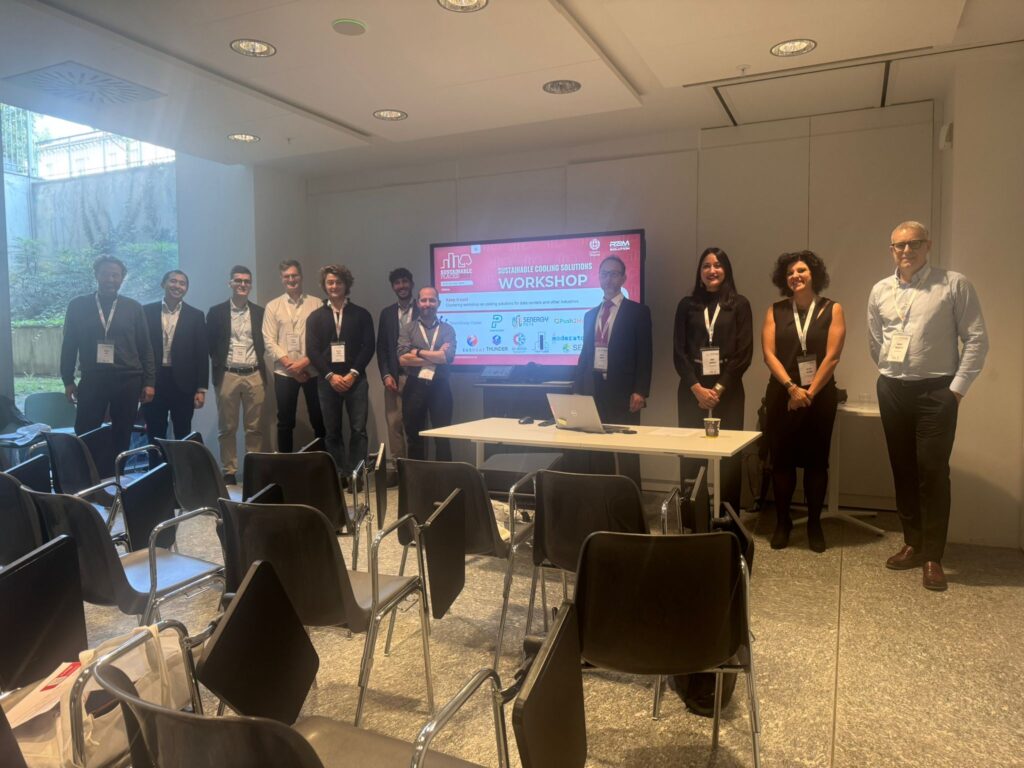
At Sustainable Places 2025 (SP25), held this October, a dedicated session led by the 2Cool2Waste project took centre stage in advancing this mission. Entitled “Cooling and Heating Synergies for Sustainable Industry and Data Centres,” the workshop brought together a cluster of European research and innovation initiatives working on low-carbon cooling technologies, waste-heat valorisation, and thermal energy management. The session showcased how collaboration across projects can accelerate the shift toward efficient, circular, and renewable-powered cooling systems.
The 2Cool2Waste cluster is a collaborative network of EU-funded projects working to redefine how industrial processes handle heat and cold. The cluster includes projects such as Thunder, SenergyNets, Push2Heat, SusHeat, RE-WITCH, Hystore, Seeds, Heatwise, Moderator, Parmenides, and others that share a common focus: turning waste heat into a valuable energy resource.
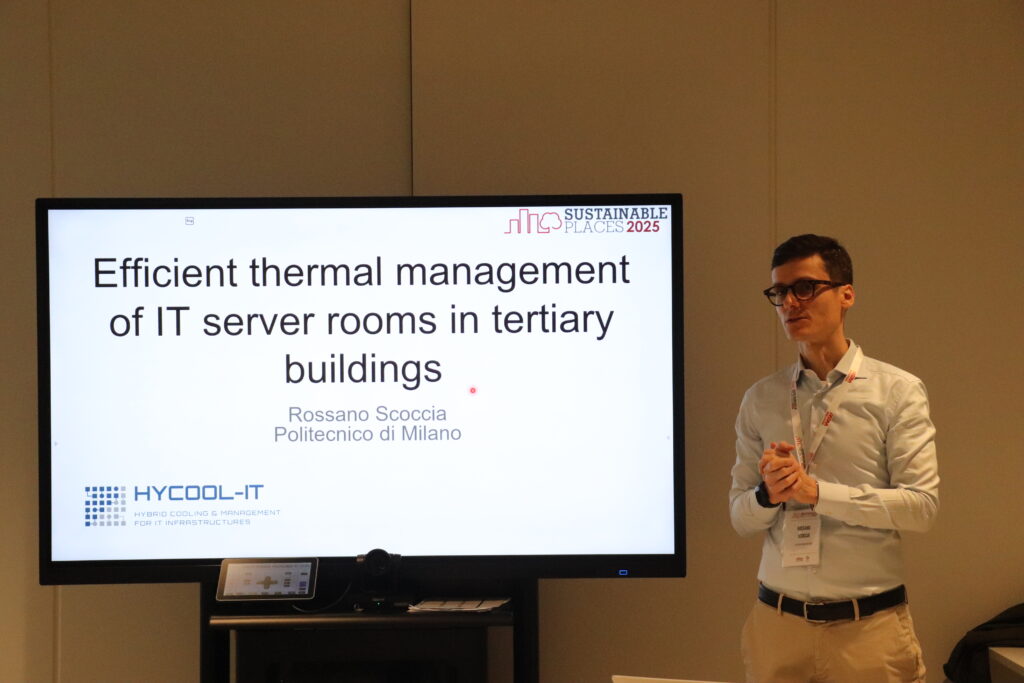
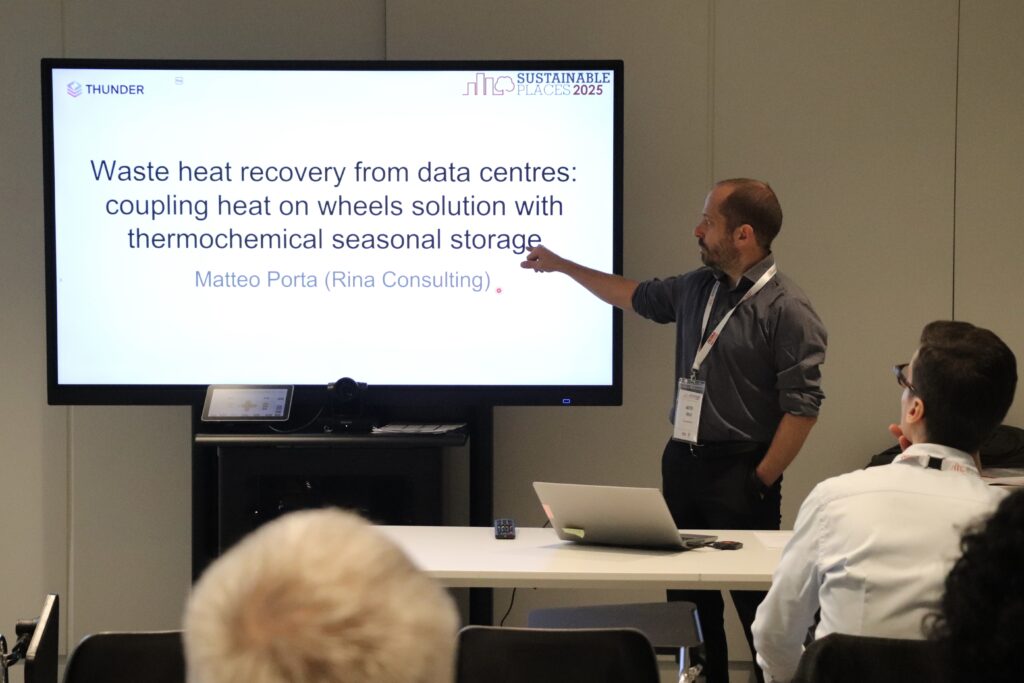
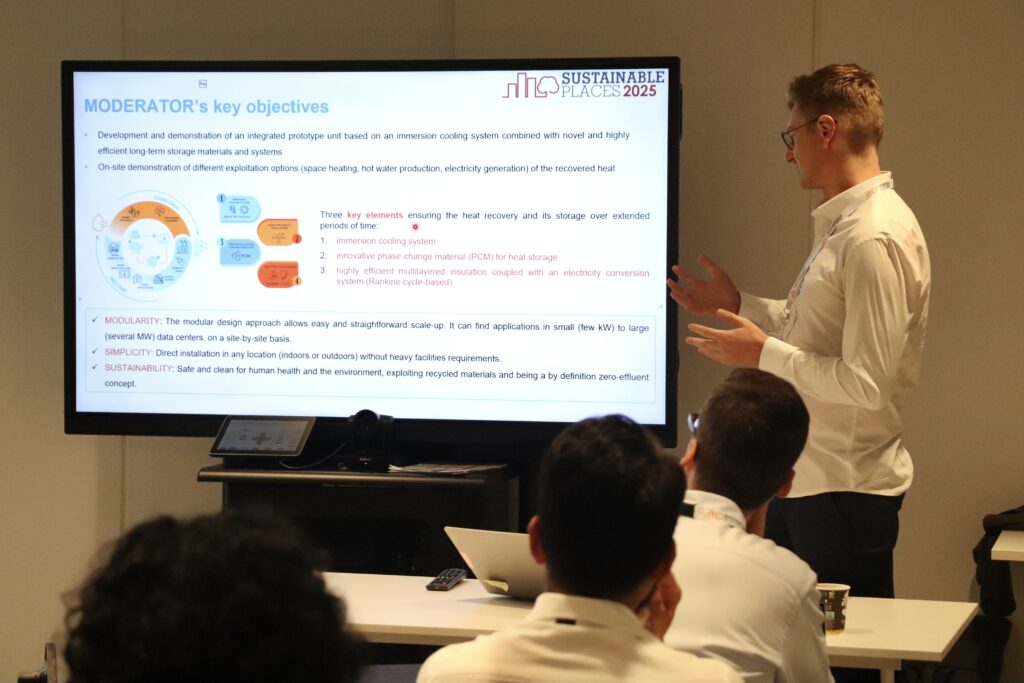
During the session, these initiatives demonstrated how diverse technologies (from hybrid heat pumps to smart grids and AI-driven thermal optimisation) can converge into a coherent European strategy for decarbonised cooling. The workshop was co-chaired by R2M Solution and COMET Global Innovation, who facilitated an engaging discussion between project representatives, researchers, and policymakers.
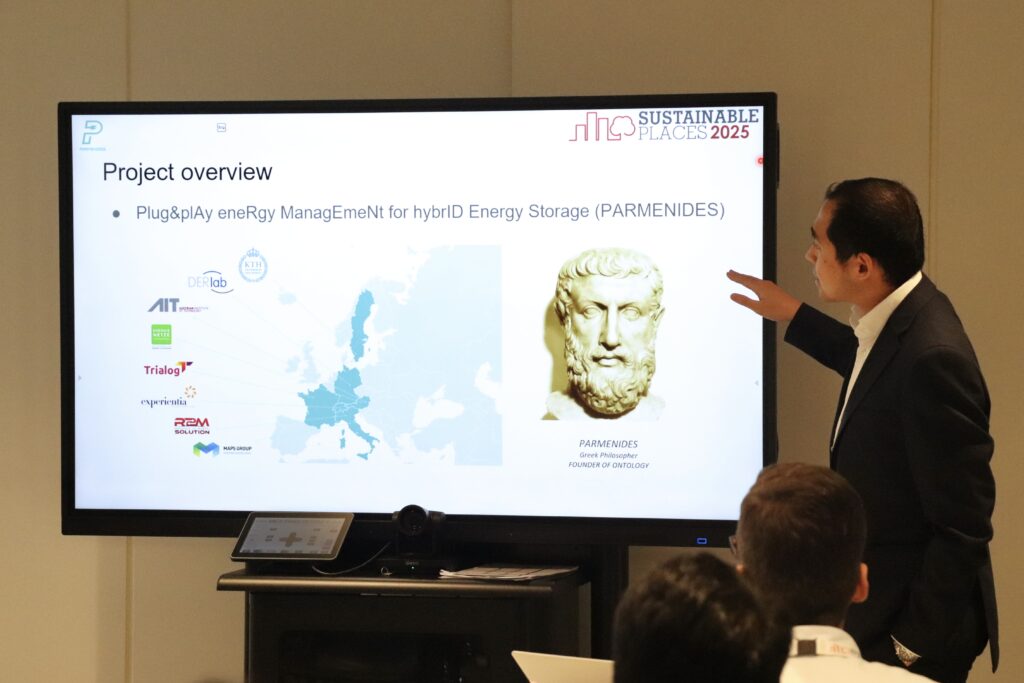
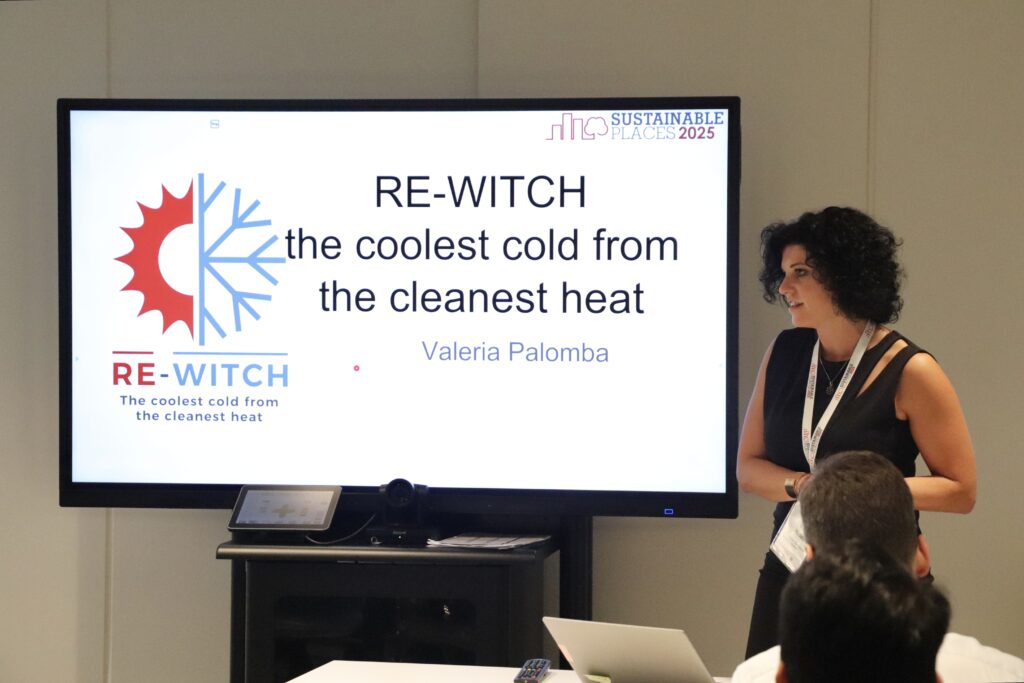
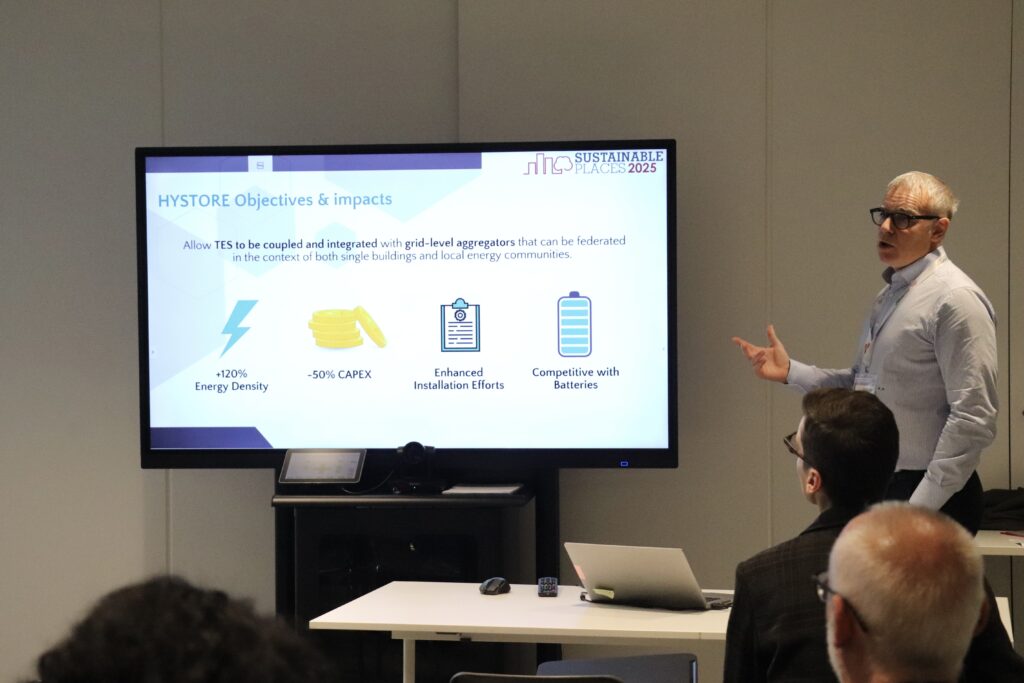
Europe’s industrial and digital sectors are both energy-intensive and thermally unbalanced: while many processes release large amounts of waste heat, others require continuous cooling. Historically, these have been treated as separate systems, each designed in isolation. The 2Cool2Waste cluster challenges this paradigm by promoting synergistic energy use: capturing excess heat from one process to drive another that requires cooling, and integrating both within a smart energy network. This concept offers several environmental and economic advantages:
-New circular-economy opportunities in industrial symbiosis and local energy communities.
-Reduced energy consumption by recovering thermal waste instead of dissipating it.
-Lower CO₂ emissions through the use of renewable or recovered heat sources.
-Enhanced system reliability and flexibility, reducing dependency on the electrical grid during peak demand.
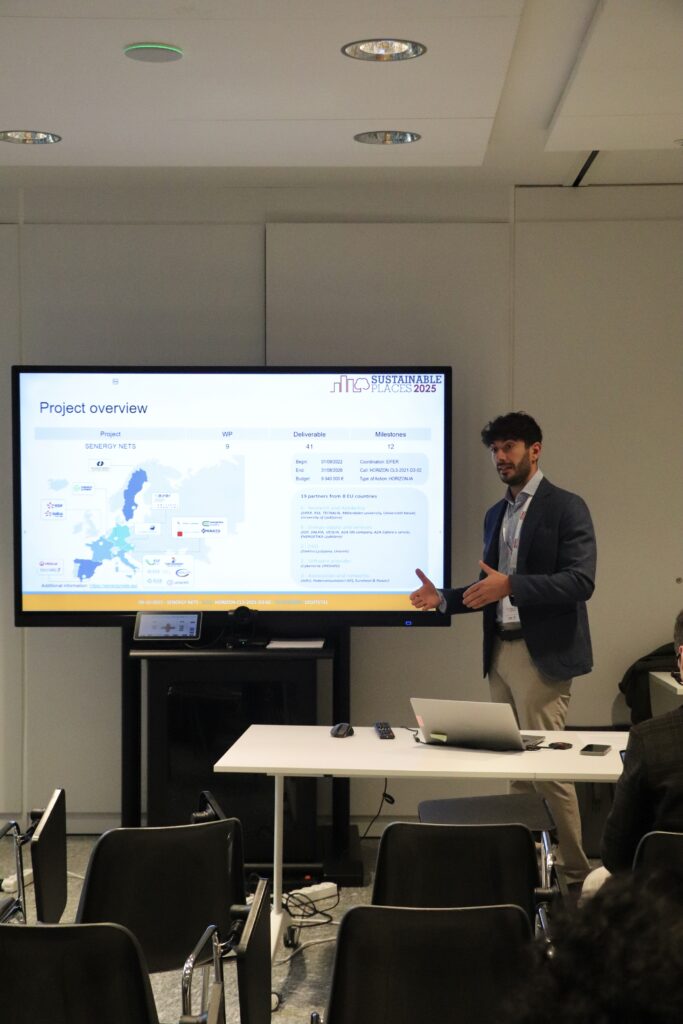
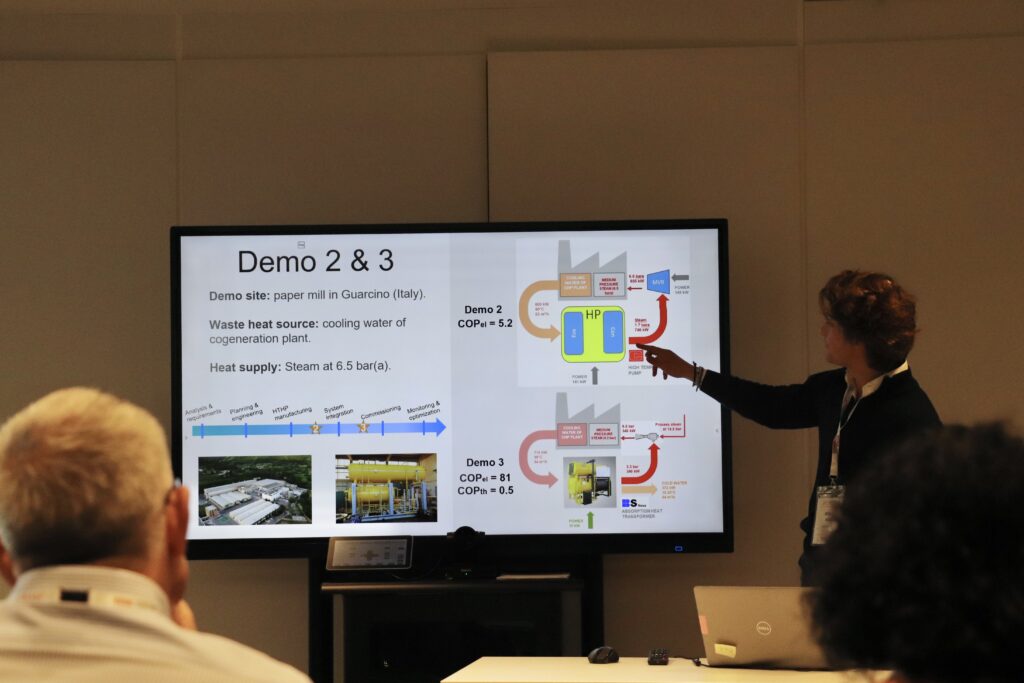
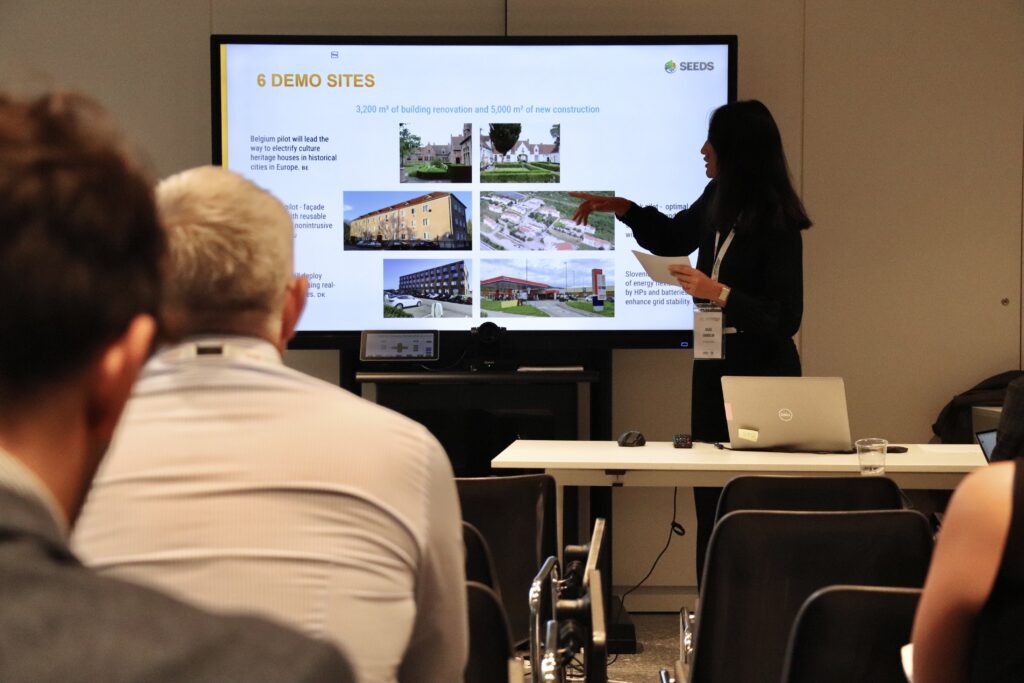
By linking these systems with digital twins, predictive algorithms, and real-time monitoring, European innovators are creating the foundation for the next generation of climate-neutral industrial zones.
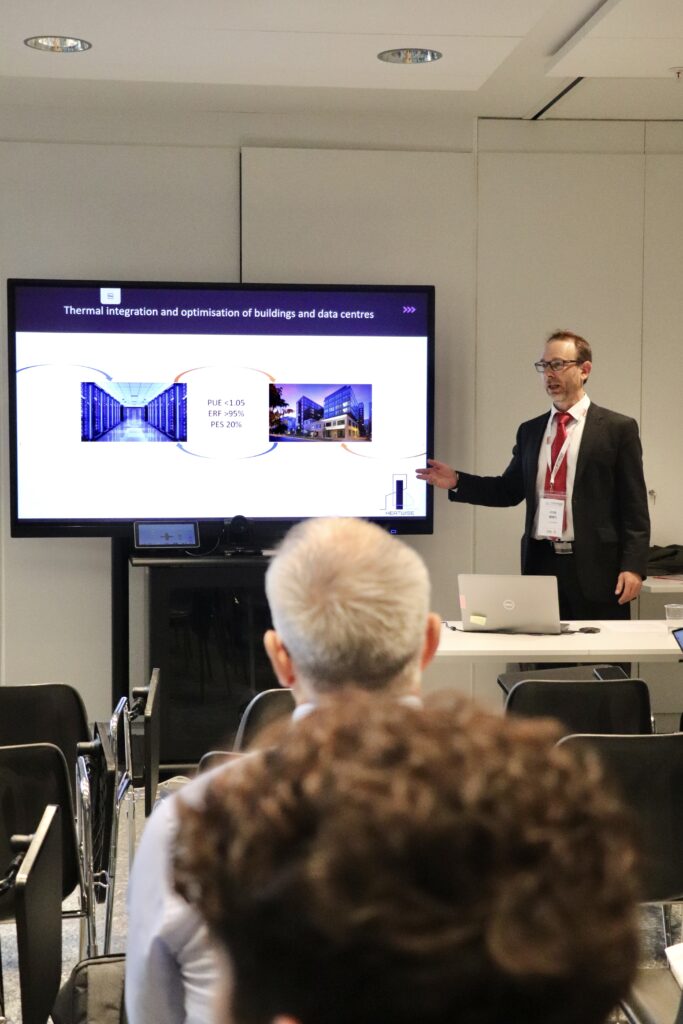
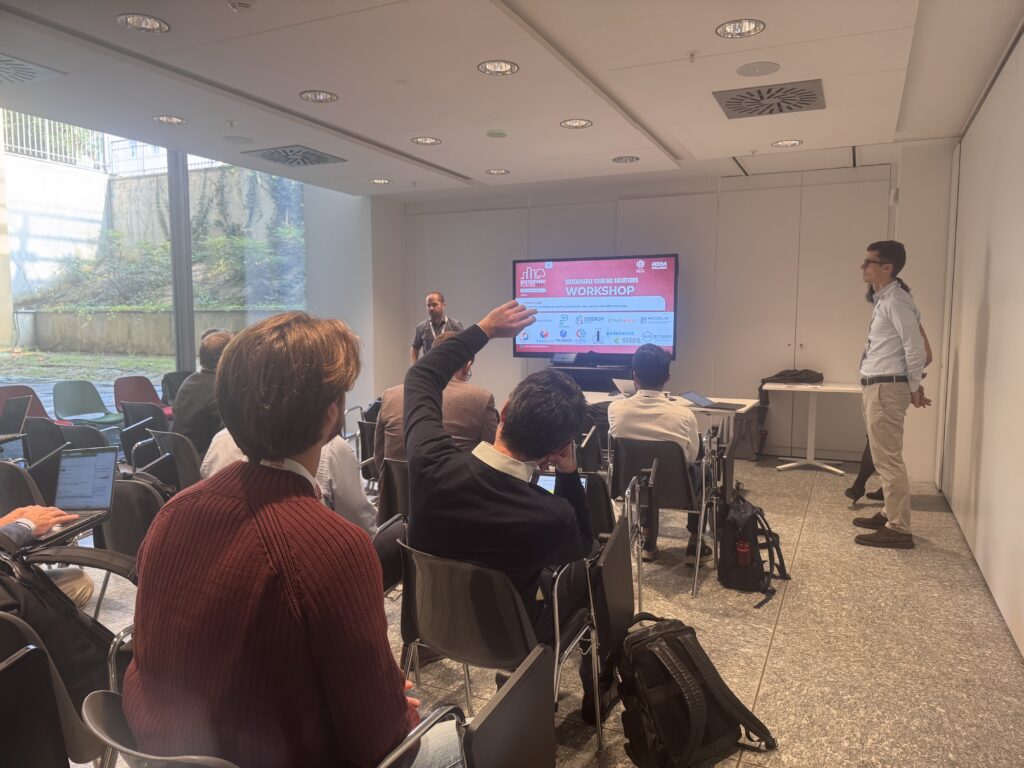
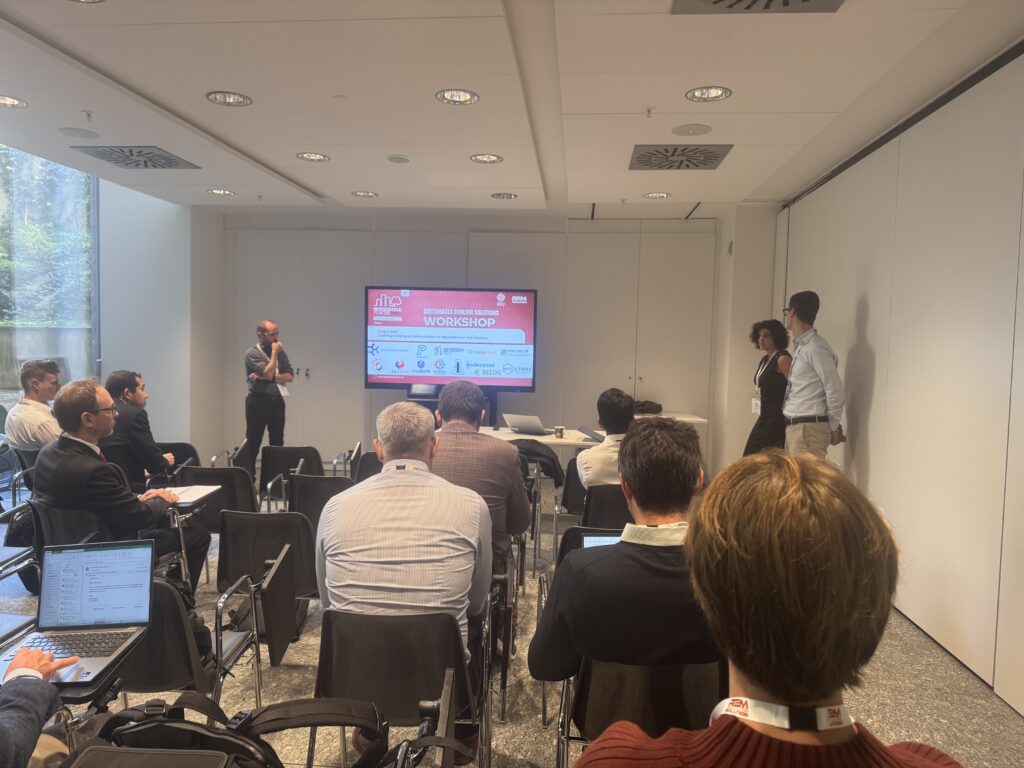
The 2Cool2Waste cluster session at Sustainable Places 2025 showcased Europe’s growing capacity to innovate collaboratively for climate neutrality. By connecting projects focused on waste-heat recovery, digitalisation, and renewable integration, the workshop provided a clear vision for the future of industrial cooling; one where energy is never wasted, technologies are interoperable, and circularity becomes standard practice.